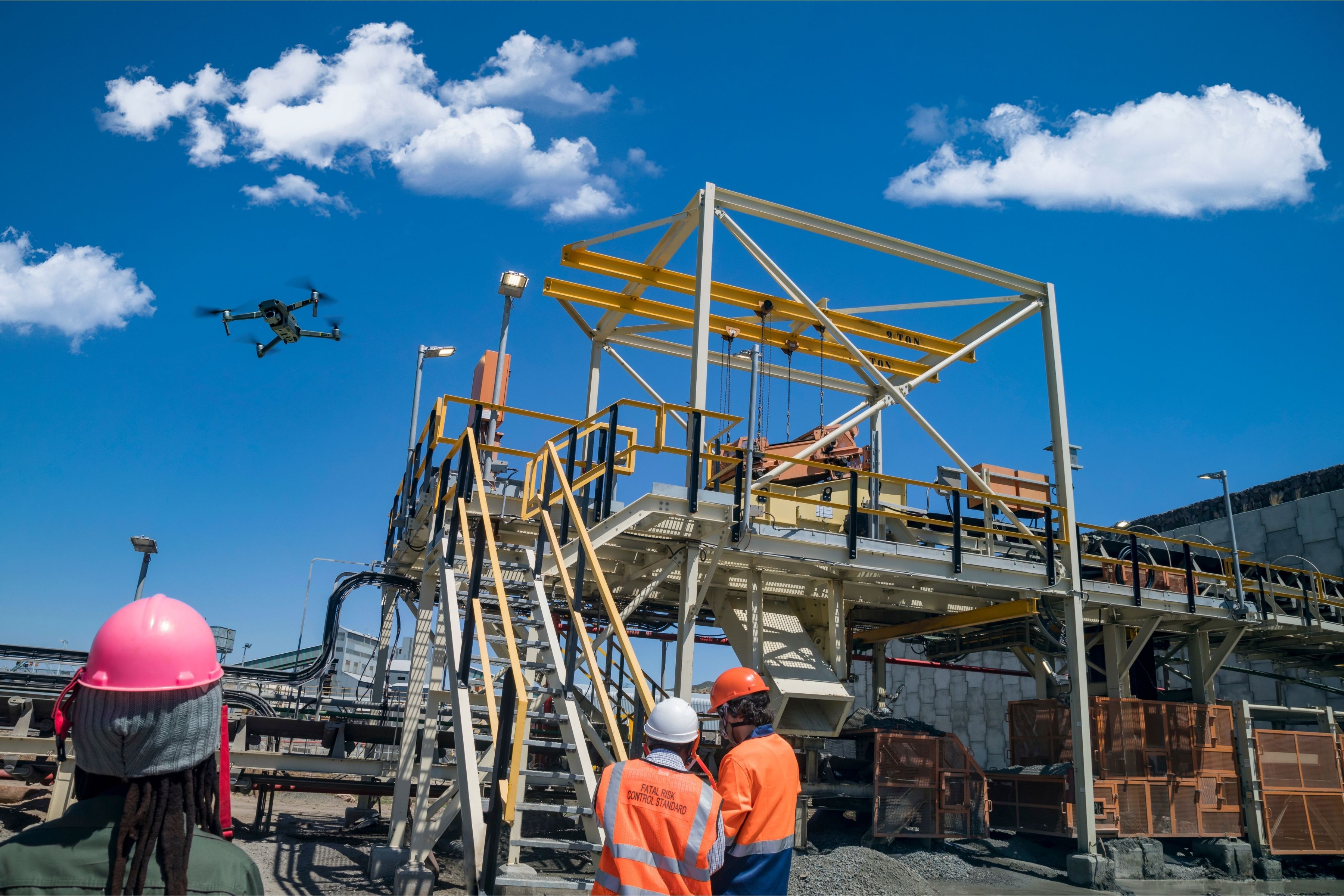July 2, 2025

It’s been a few overwhelming years within the Architecture, Engineering and Construction (AEC) industry, which is now envisioning a cautiously optimistic rebound. According to Oxford Economics’ Global Construction Futures report, global construction output is projected to grow by approximately US$4.5 trillion over the next 12 years to reach US$13.9 trillion in 2037, driven by sustainability, resilient supply chains, innovation, and emerging technologies.
The horizon is slowly and steadily beginning to glow. As the AEC industry enters this transformative phase, several trends are already shaping its future.
I. Driving Digital Innovation
The AEC industry has historically lagged in technology investment, with most firms allocating under 1% of revenue to IT - roughly one-third of what sectors like automotive and aerospace invest. This underinvestment creates a major opportunity for digital transformation in 2025.
It will become imperative for firms to embrace digital tools early to gain an edge across design, construction, and operation - while also advancing sustainability goals.
Here are the leading tech trends already in motion:
- Digital Twins + BIM: Virtual replicas of physical assets enable performance simulation, predictive maintenance, and lifecycle cost analysis. When integrated with advanced Building Information Modelling (BIM), they facilitate better decision-making across every phase of a project.
- AI & Machine Learning: There are a lot of use cases for AI within the AEC industry, making it one of the biggest trends to watch in the coming years. First and foremost, AI accelerates design iteration cycles by automating time-consuming tasks like code compliance checks, spec validation, and drawing reviews, freeing up engineers to focus on high-impact decisions, lending both, speed and efficiency. For better quality control, from automatically detecting clashes in early-stage models to verifying that every spec aligns with current codes and standards, AI reduces human error and improves consistency at scale. Additionally, AI-powered tools can analyse thousands of design variables in seconds, optimising layouts, material usage, and cost-efficiency without manual back-and-forth. Last but not the least, these technologies bring predictive insights, risk detection, and process optimisation to help teams meet tight timelines and budgets.
- Drones & 3D Printing: Drones allow safer inspections and progress tracking; 3D printing enables rapid prototyping and customisation with less waste.
- AR & VR: These immersive tools support design visualisation, client engagement, and workforce training via real-world simulations.
- Robotics & Wearables: Robots automate hazardous tasks; wearable tech like exoskeletons enhance safety and endurance. Autonomous vehicles further improve BIM workflows through real-time mapping and material tracking.
Meanwhile, cloud-based ERP and PPM systems are enabling real-time collaboration, operational agility, and greater responsiveness to shifting project requirements.

II. Talent Management
With digital transformation comes uncertainty about workforce readiness. The AEC industry continues to face a significant skilled labor shortage. A 2023 PwC survey found that 71% of industrial product leaders identify talent acquisition and retention as a top concern.
To address this challenge, firms should:
- Allocate budgets toward recruitment and expand apprenticeship pipelines to attract and retain young talent
- Develop upskilling programs to empower experienced workers to transfer institutional knowledge
- Use AI to augment, not replace, workers - automating repetitive tasks like drawing review or cost estimation to enhance overall performance
Of course, tools alone aren’t enough - change management is the glue that holds any transformation together. As tech evolves quickly, so must organisational culture. Firms must build two-way communication channels between leadership and employees to support adoption, reduce resistance, and create a sense of shared progress.
III. Sustainable Construction on the Rise
Historically, the AEC industry has been a major environmental contributor, responsible for roughly 37% of global greenhouse gas emissions, according to the UN Environment Programme. Today, that pressure is mounting.
Sustainability is no longer a “nice to have”- it’s a competitive and regulatory necessity. This means rethinking construction across its entire lifecycle, from material sourcing to operational emissions.
Key strategies include:
- Designing for energy efficiency through bioclimatic architecture, insulation, and high-performance materials
- Aligning with the UN’s 2050 net-zero goals by minimising extraction, using regenerative resources, and decarbonising concrete and steel
- Leveraging startups and advanced technologies to deliver low-impact, high-performance solutions
- Using digital tools to measure energy usage, reduce material waste, and optimise every aspect of project sustainability
.jpg)
As demand for eco-conscious construction grows, firms that integrate sustainability early in the project lifecycle will be better equipped to meet green-building criteria, control costs, and deliver lasting value.
The next few years will define how the AEC industry emerges from a period of volatility smarter, faster, and more sustainable. Those that embrace innovation and invest in their people will lead the transformation.
At Temelion, we’re building the tools to make that shift not only possible, but practical.
Ready to streamline your engineering workflows with AI?
Temelion empowers design engineers to automate repetitive tasks, reduce errors, and focus on what matters : building smarter, faster, and more sustainably.
